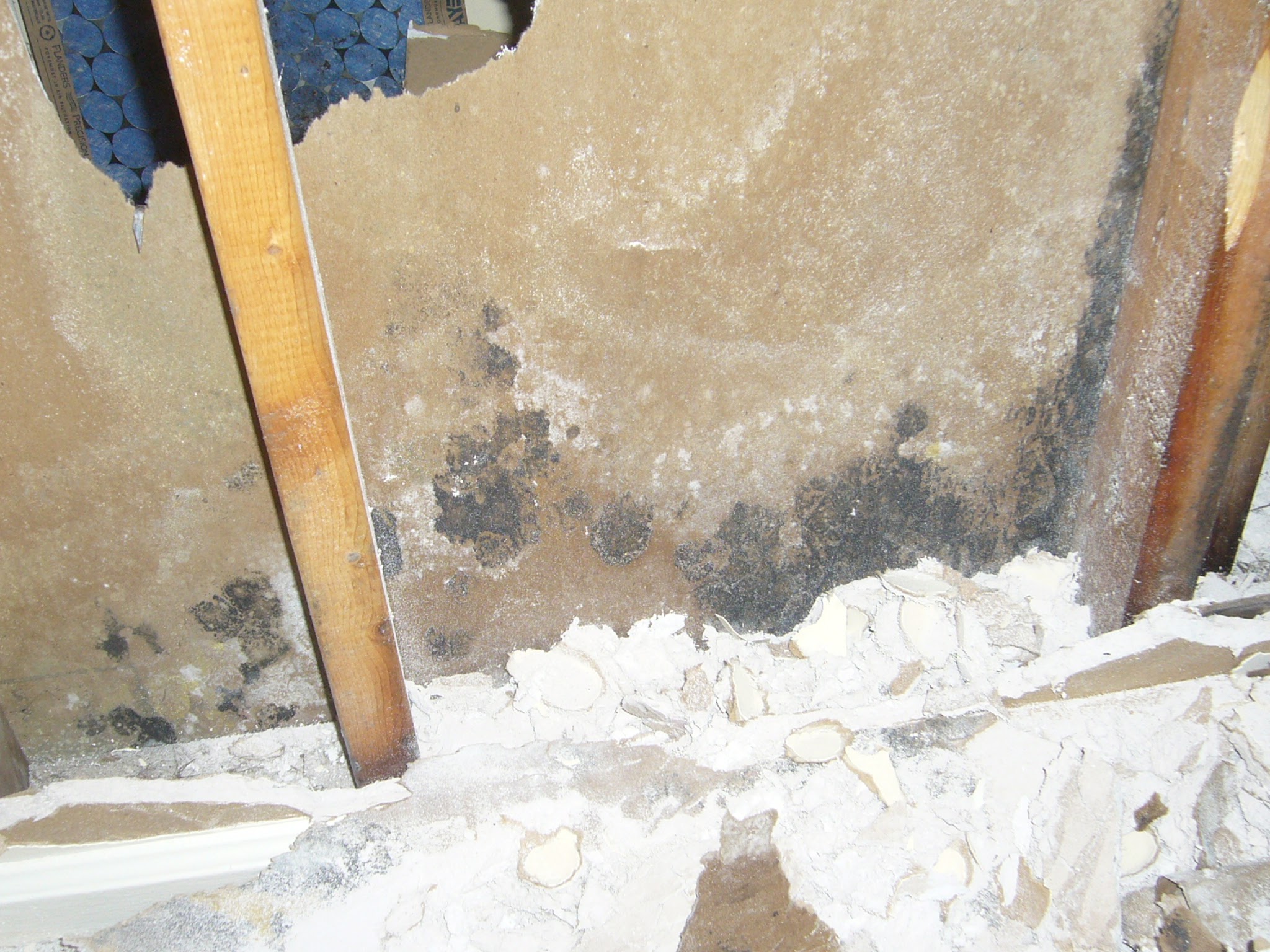Exactly how to Prevent a Water Damaged Bathroom
Exactly how to Prevent a Water Damaged Bathroom
Blog Article
Just how do you actually feel about How to Prevent Bathroom Water Damage?

The restroom is incredibly at risk for damp buildup and possible water damages because of the constant use of water in it. This post offers easy assessment techniques to assist detecting water damages hazards.
The regular use water in the restroom makes it exceptionally vulnerable for damp buildup as well as possible water damages. By examining it consistently, you can reduce water associated problems.
The adhering to collection of examinations is easy to carry out and also should be done when in every 3 months in order to keep your restroom healthy and also to prevent prospective water problems brought on by the bathtub, the shower, pipe joints as well as plumbing, sinks, closets, and the bathroom
Do not disregard executing these inspections and be extensive while doing them. Remember that these simple evaluations can conserve you a great deal of money by offering very early signs for water damages
Bathtub and Shower
The shower as well as tub need unique focus and maintenance. Check the ceramic tiles as well as replace if split. See to it that there is no missing out on cement in between the floor tiles. Inspect and replace broken caulking at joints where the walls satisfy the flooring or the tub. Blocked drains pipes and also pipelines troubles will certainly prevent the bathtub from drying and may indicate major problems below the tub. Speak with an expert instantly to prevent structural damage. Take note of discolorations or soft areas around the bathtub walls as they may show an inner leakage.
Plumbing
Signs for water damages are tough to find considering that a lot of pipes are installed inside the walls.
Pay special focus to floor covering and also wall surfaces wetness as well as stains as they may show an unseen plumbing trouble. Inspect wetness levels in adjoining rooms too.
Sinks and also Cabinets
Sinks as well as cupboards are exposed to moisture and also moisture everyday and are often overlooked. Check frequently under the sink and on the kitchen counter over it. Repair any drip in the catch as it might suggest drain troubles. Browse the sink, sluggish draining pipes might suggest a blocked drain. Change sink seals if they are broken or loose.
The Commode
The bathroom is a susceptible water joint. Inspect the water lines and look for leakages around the toilet seat, in the tube, as well as under the water tank. If you detect any kind of indications of moisture on the flooring around the toilet, look for leakages in the toilet rim as well as tank seals.
Realize that hanging toilet dish deodorants increases the opportunities for clogs.
Water Damage Signs In The Bathroom To Avoid Cleanup
Musty smell
This is one of the easiest signs to catch because musty smells are so odorous. The damp, earthy, moldy smell should be a big red flag. The smell will develop when moisture gets trapped in surfaces, and begins to facilitate mold growth. Leaking pipes under cabinets, inside walls, and behind shower fixtures will cause moisture to stay trapped and not dry, which will lead to mold growth and spread. As soon as you notice any musty smells in your bathroom, have it checked for hidden water damage and cleanup signs.
Visible mold
If the smell isn’t there to give it away, sometimes you will actually see mold growth. Finding mold in your bathroom is a serious problem, because mold is very harmful to your health. By the time mold growth is visible, it also means that water damage has already occurred and been present for some time. The only way the mold problem can be resolved is to find the source of the moisture and get it stopped. To safely and adequately remove mold, you need to have professionals handle the remediation. Do not waste any time in getting mold problems addressed, fixed, and sanitized so that you can protect you and your family from the many respiratory symptoms caused by mold exposure.
Damaged floors
Bathroom floors should be able to withstand some exposure to water while still remaining in good condition. However, when excess exposure or water leaks occur, they will begin to damage even the most water-resistant flooring. If you notice any cracking, bubbling, staining, or warping on your bathroom floors, there is probably a water leak somewhere causing the distortion. If you notice areas of the floor have become softer, or even have a spongy feeling, there is probably damage to the subfloor. Subflooring is typically made up of plywood. When plywood is exposed to water or moisture, it will absorb it. Once it has become saturated, the weight of the excess water will cause the wood to swell and soften. Check the floors in your bathroom frequently to catch any of these sings before they lead to damaged subflooring.
Changes on walls
When water leaks behind walls, it will cause changes in the drywall. Peeling plaster, blistering paint, and soggy wallpaper are all good indicators that excess water is building up behind the wall. Water leaking behind drywall will cause it to swell and be soft to the tough. If you start to notice gaps along the trim of your walls, or where tile meets the wall, it could also be a strong indicator that there is a leak behind the wall. Any changes, distortion, or damage on the walls should be evaluated as soon as you notice it to prevent further water damage and cleanup.

I'm very focused on How to Repair and Prevent Bathroom Water Damage and I am praying you liked my blog posting. Liked our blog? Please share it. Help another person check it out. I am grateful for your time. Come back soon.
Book Your Service Report this page